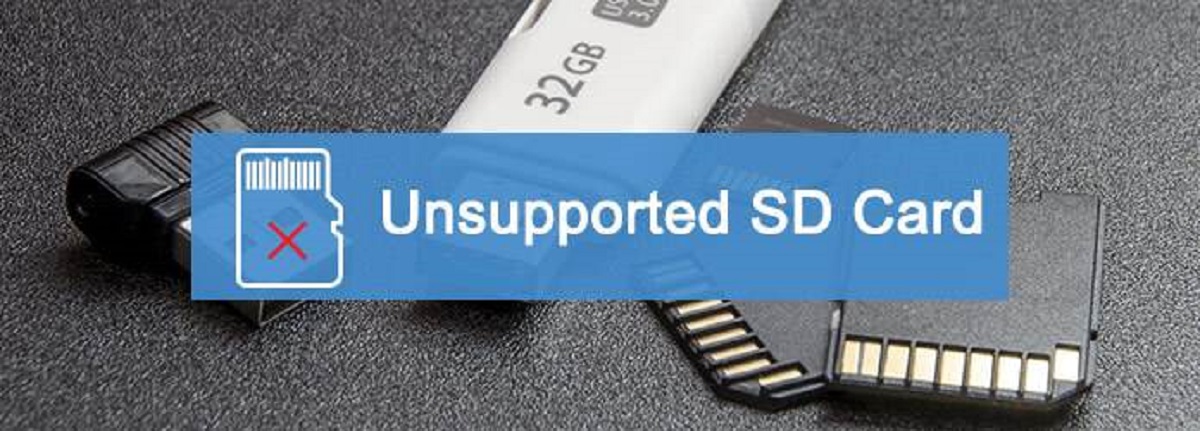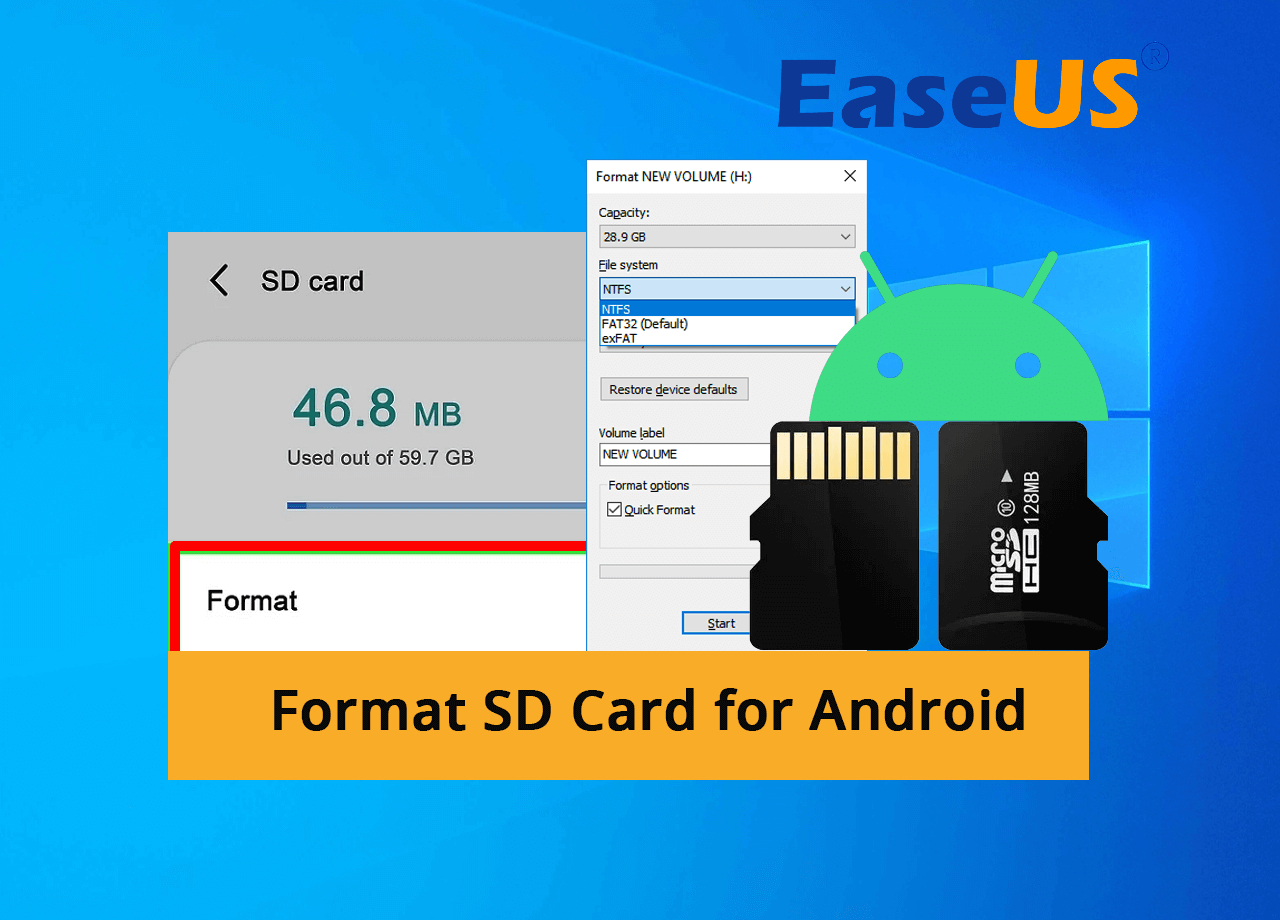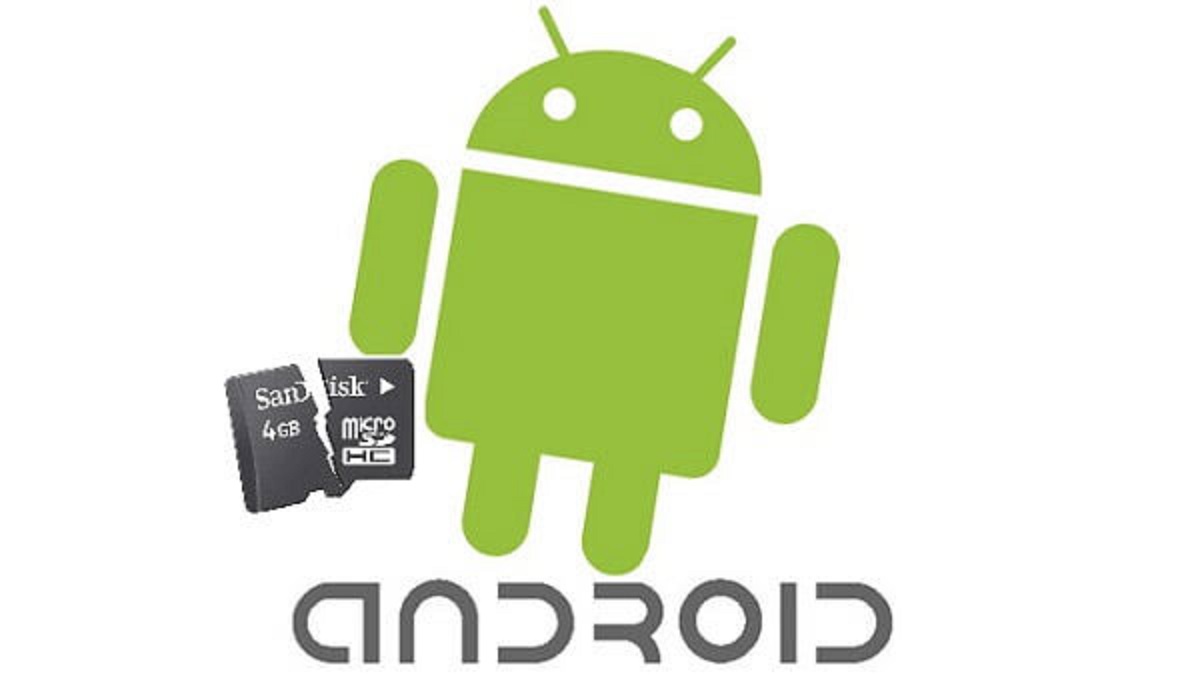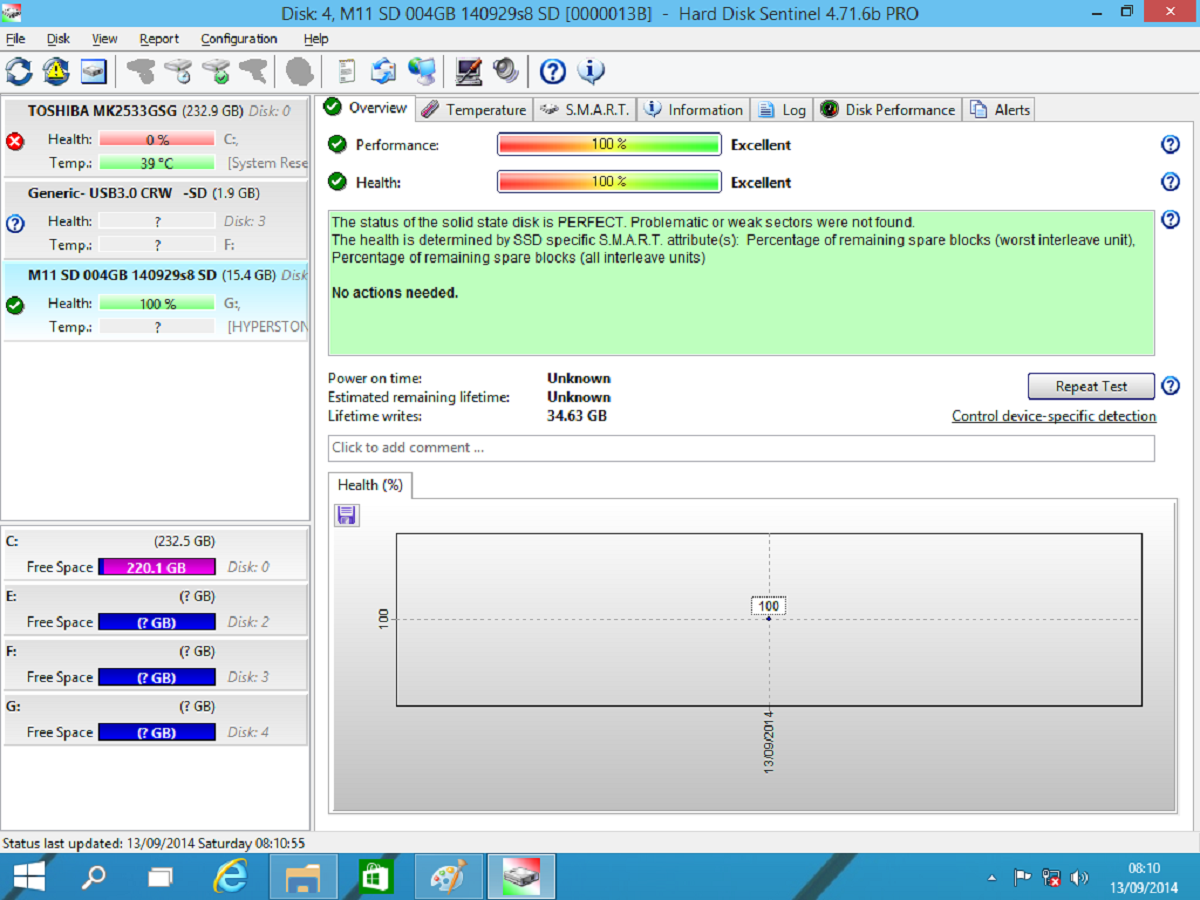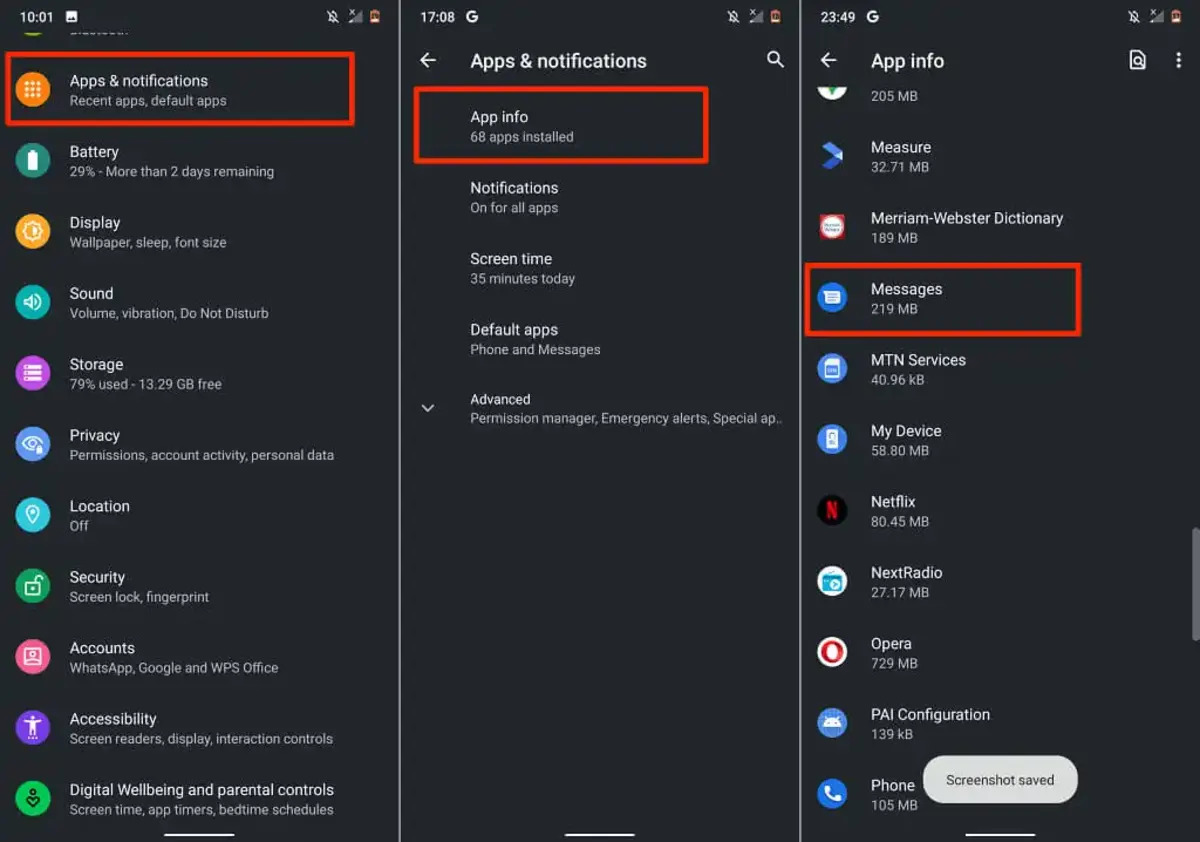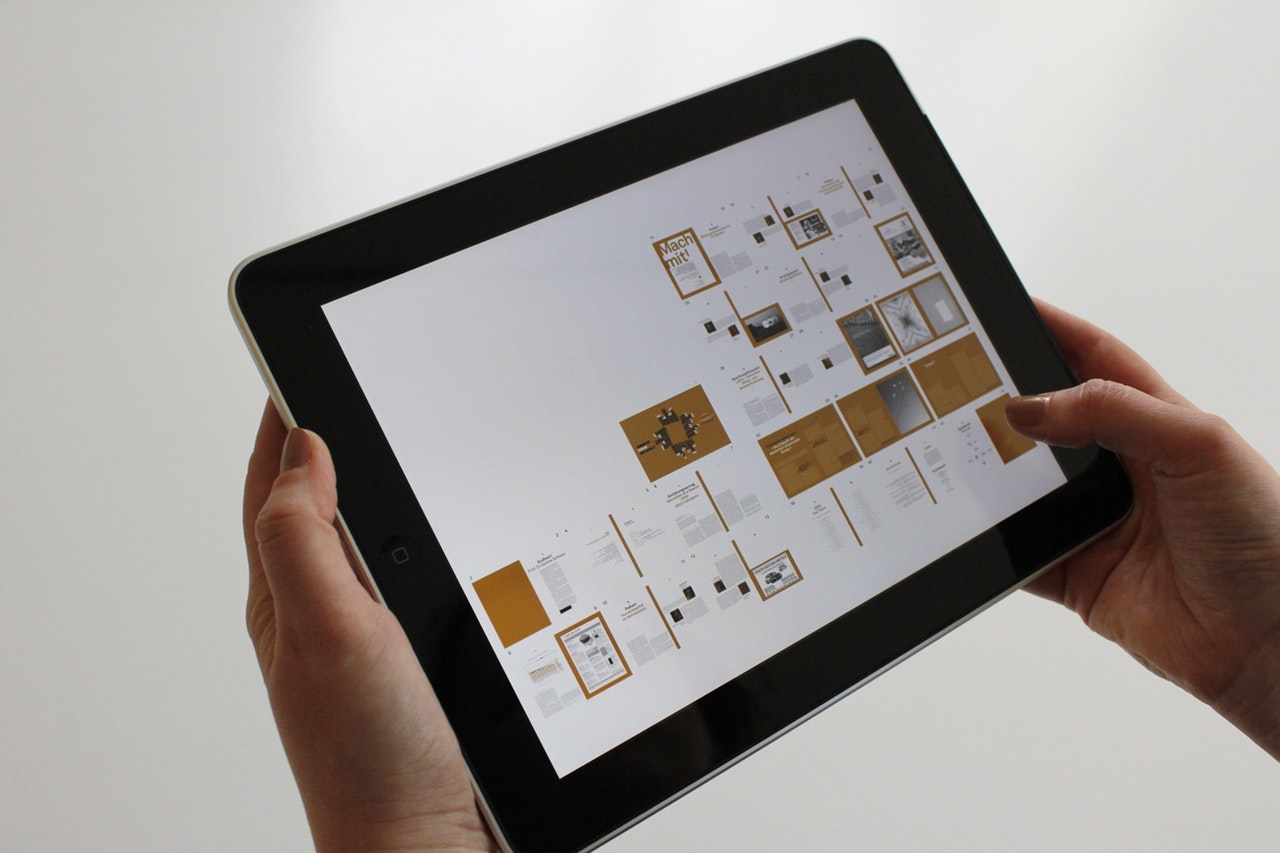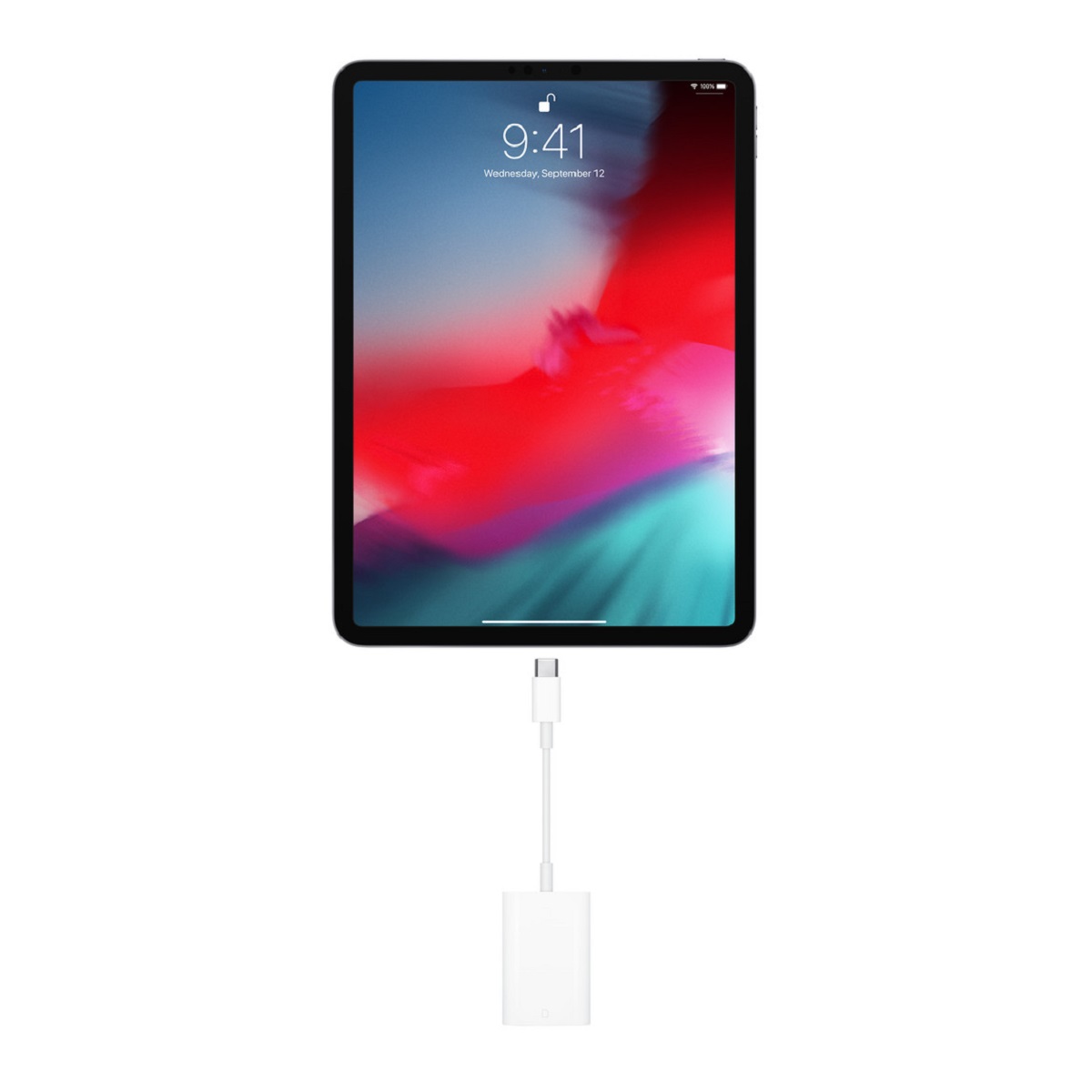Introduction
An SD card is a popular form of external storage used in various electronic devices, including smartphones, digital cameras, and tablets. It allows us to expand the storage capacity of our devices, making it convenient to store a large amount of data such as photos, videos, and documents.
However, there may be instances when you encounter an “Unsupported SD Card” error message on your Android device. This error prevents you from accessing the data stored on the SD card and can be frustrating. The error can occur due to various reasons, such as physical damage, file system errors, or compatibility issues.
When faced with an unsupported SD card error, many people resort to formatting the card as a quick solution. While formatting the SD card can fix the issue in some cases, it is not always the best solution. Formatting will erase all the data on the card, including valuable photos and important files, which may not be recoverable without proper backup.
In this article, we will explore alternative methods to fix an unsupported SD card without formatting it. These methods are simple, and they offer a chance to recover your data without resorting to drastic measures. However, it is important to note that the success of these methods may vary depending on the specific circumstances and severity of the error.
Before trying any of the methods, it is recommended to safely eject the SD card from your device to avoid any further damage. Additionally, you can also make a backup of the SD card data if possible to ensure that no important files are lost during the troubleshooting process.
Now, let’s dive into the different methods you can try to fix an unsupported SD card and retrieve your precious data.
What is an Unsupported SD Card error?
An unsupported SD card error refers to a situation where your Android device fails to recognize or access the SD card inserted into it. Instead, you may receive an error notification indicating that the SD card is unsupported. This error can be frustrating, especially if the SD card contains important files or data.
There can be several reasons why an unsupported SD card error occurs. One common reason is physical damage to the SD card itself. If the card is bent, scratched, or damaged in any way, it may not be properly detected by the device.
Another possible cause is file system errors. The file system of an SD card organizes and manages the data stored on it. If the file system becomes corrupted due to improper ejection, power outages, or other issues, the Android device may not be able to read the SD card.
Compatibility issues can also lead to an unsupported SD card error. Different devices and operating systems have varying compatibility requirements. If the SD card is not formatted in a compatible file system or if it has a higher storage capacity than what the device supports, it may trigger the error message.
It is important to note that an unsupported SD card error does not necessarily mean that the card is irreparably damaged. In many cases, the error can be resolved through troubleshooting steps that can recover the data and restore access to the SD card without the need for formatting.
In the following sections, we will explore various methods that can help you fix an unsupported SD card error and retrieve your valuable data. These methods are designed to address different causes of the error, providing potential solutions to get your SD card working again.
Why formatting is not always the best solution?
When faced with an unsupported SD card error, many people consider formatting the card as a quick and easy solution. While formatting can indeed fix the error in some cases, it is not always the best course of action. Here are a few reasons why formatting may not be the ideal solution:
1. Data Loss: Formatting an SD card erases all the data stored on it. This means that any photos, videos, documents, or other important files you have on the card will be permanently deleted. If you don’t have a backup of your data, formatting will result in irrecoverable loss, which can be devastating.
2. Recovery Challenges: Once the SD card is formatted, the chances of recovering the deleted data become slim. While some data recovery software or services may be able to retrieve some of the lost files, the success rate cannot be guaranteed. It is always prudent to explore other options before resorting to formatting.
3. Time-consuming: Formatting an SD card takes time, especially if it is a large-capacity card. During the formatting process, all sectors of the card are cleared, and the file system is recreated. If you have a lot of data on the card, it could take a significant amount of time to complete the formatting process.
4. Possible Recurrence: In some cases, even after formatting the SD card, the same unsupported SD card error may reappear. This can be frustrating, as you will need to go through the troubleshooting process again and potentially lose your data multiple times.
Given these considerations, it is recommended to explore alternative methods to fix an unsupported SD card without formatting. These methods focus on resolving the underlying issues causing the error while minimizing the risk of data loss. By attempting these alternative approaches first, you have a higher chance of recovering your data and getting the SD card working again without resorting to drastic measures like formatting.
In the next sections, we will discuss several methods that can help you fix an unsupported SD card error without formatting. These methods are simple, non-destructive, and offer a greater chance of preserving your data while resolving the issue.
Method 1: Checking for physical damage
One of the primary reasons for an unsupported SD card error is physical damage to the card itself. Therefore, it is crucial to inspect the SD card for any visible signs of damage before proceeding with other troubleshooting steps.
To check for physical damage, follow these steps:
- Remove the SD card from the device.
- Inspect the card for any visible signs of physical damage, such as scratches, cracks, or bent connectors.
- If you notice any damage, it is likely the cause of the unsupported SD card error. In such cases, replacing the damaged SD card with a new one is recommended.
- If the SD card appears to be undamaged, gently clean the connectors with a soft, lint-free cloth. This can help remove any dirt, dust, or debris that might be interfering with the connection.
After cleaning the connectors, reinsert the SD card into the device and check if the unsupported SD card error persists.
If the error still occurs, it is possible that the physical damage is internal or more severe, making it difficult to resolve the issue on your own. In such cases, it is advisable to seek professional help or contact the SD card manufacturer’s customer support for further assistance.
By checking for physical damage, you can identify if any visible issues are causing the unsupported SD card error. If there is no apparent damage, you can proceed with the other troubleshooting methods shared in this article to address the error and regain access to your data.
Method 2: Cleaning the SD card
If your SD card is not physically damaged but still shows an unsupported error, it may be due to dirt, dust, or other debris obstructing the connectors. Cleaning the SD card can help remove any foreign particles that may be interfering with the proper connection and resolve the issue.
Here’s how you can clean your SD card:
- Remove the SD card from your device.
- Inspect the card for any visible dirt or debris on the connectors.
- Gently blow on the connectors or use a can of compressed air to remove any loose particles.
- Take a soft, lint-free cloth and lightly dampen it with isopropyl alcohol or water (avoid using excessive liquid).
- Gently wipe the connectors on the SD card using the damp cloth. Be sure to wipe in one direction and avoid applying excessive pressure.
- Allow the SD card to air dry completely before reinserting it into your device.
Once your SD card is dry, insert it back into your device and check if the unsupported SD card error still persists.
If cleaning the SD card resolves the error, you will now be able to access your data without the need for formatting. However, if the error persists, you can try the next method to troubleshoot further.
Cleaning the SD card is a basic yet effective method to address any connection issues caused by dirt or debris. By maintaining the cleanliness of your SD card and its connectors, you can prevent potential errors and ensure smoother operation.
Method 3: Reinserting the SD card
Sometimes, the unsupported SD card error can be caused by a loose or improper connection between the SD card and the device’s card slot. In such cases, reinserting the SD card can help establish a proper connection and resolve the error.
Follow these steps to reinsert the SD card:
- Power off your Android device.
- Remove the SD card from the device.
- Inspect the SD card and the card slot for any visible damage or debris. Clean the connectors on both the SD card and the card slot if necessary, following the methods mentioned earlier.
- Ensure that you are inserting the SD card correctly into the card slot, aligning the gold-colored connectors of the SD card with those in the card slot.
- Gently insert the SD card into the card slot until you feel it click into place.
- Power on your Android device and check if the unsupported SD card error has been resolved.
If the error persists after reinserting the SD card, you can try removing and reinserting it once again to ensure a proper connection. Sometimes, the error may occur due to a loose or faulty contact, and reseating the card can establish a better connection.
Remember to handle the SD card with care and avoid forcing it into the card slot, as this can potentially cause damage. If the unsupported SD card error continues even after reinserting the card multiple times, proceed to the next method for further troubleshooting.
Reinserting the SD card is a simple yet effective step in troubleshooting an unsupported SD card error. By ensuring a secure and proper connection, you increase the chances of resolving the error and restoring access to your data.
Method 4: Updating the device’s firmware
In some cases, an unsupported SD card error can be caused by outdated firmware on your Android device. Firmware is the software that operates and controls the hardware components of your device. Updating the firmware can provide bug fixes, improvements, and compatibility enhancements that can resolve various issues, including the unsupported SD card error.
Here’s how you can update your device’s firmware:
- Before proceeding with the firmware update, ensure that your device is connected to a stable Wi-Fi network and has sufficient battery power.
- Go to the Settings menu on your Android device.
- Locate and select the “About phone” or “About device” option. The exact name may vary depending on the device.
- In the “About phone” or “About device” menu, look for the “Software update,” “System updates,” or a similar option.
- Select the “Check for updates” or “Download updates manually” option.
- If an update is available, follow the on-screen instructions to download and install the firmware update.
- After the firmware update is complete, restart your device.
Once your device has restarted, reinsert the SD card and check if the unsupported SD card error still persists.
Updating the firmware can help ensure that your Android device is running the latest software version with the most up-to-date compatibility features. This can potentially address any compatibility issues causing the unsupported SD card error. However, if the error continues after updating the firmware, proceed to the next method for further troubleshooting.
Note that the exact steps and options for updating firmware may vary slightly depending on the device manufacturer and model. It is recommended to refer to the manufacturer’s documentation or support website for specific instructions applicable to your Android device.
Method 5: Using data recovery software
If you are still unable to access the data on your unsupported SD card, using data recovery software can be a viable option. Data recovery software is designed to scan and recover lost or inaccessible files from various storage devices, including SD cards.
Here’s how you can use data recovery software to recover data from an unsupported SD card:
- Download and install a reputable data recovery software on your computer.
- Remove the SD card from your Android device and connect it to your computer using a card reader or adapter.
- Launch the data recovery software and select the option to recover data from an external device or memory card.
- Choose the connected SD card as the target device for the data recovery process.
- Initiate the scan to search for lost or inaccessible files on the SD card.
- Once the scan is complete, the software will display a list of recoverable files.
- Select the files you want to recover and choose a safe location on your computer to save the recovered files.
- Wait for the software to recover the selected files and verify that they are intact.
- Once the recovery process is complete, safely eject the SD card from your computer.
After recovering your data, you can try reinserting the SD card into your Android device and check if the unsupported SD card error still persists. If the error continues, you may need to consider trying other methods or seeking professional help.
Keep in mind that the success of data recovery depends on various factors such as the extent of corruption, the type of files, and the effectiveness of the software. It is advisable to act promptly and avoid overwriting the data on the SD card, as this can reduce the chances of successful recovery.
Data recovery software can be a valuable tool in recovering lost or inaccessible files from an unsupported SD card. By using reliable software and following the instructions carefully, you can increase the chances of retrieving your important data and resolving the unsupported SD card error.
Method 6: Using the chkdsk command on Windows
If you are encountering an unsupported SD card error on a Windows computer, using the chkdsk (check disk) command can help identify and repair any file system errors on the SD card. The chkdsk command is a built-in utility in Windows that scans and fixes errors on hard drives, including external storage devices like SD cards.
Follow these steps to use the chkdsk command on Windows:
- Insert the unsupported SD card into your Windows computer using a card reader or adapter.
- Press the Windows key + R to open the Run dialog box.
- Type “cmd” and press Enter to open the Command Prompt.
- In the Command Prompt window, type the following command and press Enter:
chkdsk [drive letter]: /f - Replace [drive letter] with the actual drive letter assigned to the SD card. For example, if the SD card is assigned the drive letter F, the command would be
chkdsk F: /f. - Wait for the chkdsk command to scan the SD card and fix any errors it encounters. This process may take some time depending on the size and condition of the SD card.
- Once the chkdsk command completes, close the Command Prompt window.
- Safely eject the SD card from your computer and reinsert it into your Android device.
After performing the chkdsk command and reinserting the SD card, check if the unsupported SD card error is resolved. If the error persists, you may need to proceed with other troubleshooting methods or seek professional assistance.
It is important to note that the chkdsk command attempts to repair file system errors on the SD card. However, if the error is due to physical damage or other hardware-related issues, this method may not be effective. In such cases, it is advisable to explore other solutions or consult with a professional.
Using the chkdsk command on Windows can be a useful step in troubleshooting an unsupported SD card error. By scanning and fixing any file system errors, you increase the chances of resolving the error and gaining access to the data on your SD card.
Method 7: Mounting the SD card on another device
If you are still unable to access your data due to an unsupported SD card error, another troubleshooting method you can try is mounting the SD card on another device. By connecting the SD card to a different device, you can determine if the issue lies with the original device or the SD card itself.
Here’s how you can mount the SD card on another device:
- Remove the SD card from your Android device.
- Insert the SD card into a different device that supports SD cards, such as another smartphone, tablet, or computer (using a compatible card reader or adapter).
- Check if the SD card is recognized and accessible on the new device. If the card works without any issues, it indicates that the previous device may have compatibility or hardware problems.
- If the SD card still shows an unsupported error on the new device, it suggests that the SD card itself may be the cause of the problem.
- In the case of a different device recognizing the SD card, you can try updating the firmware or drivers on the original device to ensure compatibility.
If the SD card works on the new device without any errors, you can transfer or backup your data from the SD card to the new device or another storage medium. Once the data is safely transferred, you may continue troubleshooting the original device or consider using the SD card with the new device permanently.
Trying the SD card on a different device helps identify whether the issue is specific to the original device or if there is a problem with the SD card itself. This method allows you to isolate the source of the error and proceed with appropriate troubleshooting steps accordingly.
Method 8: Contacting customer support or a professional
If you have tried all the previous methods and are still unable to fix the unsupported SD card error, it may be time to seek assistance from customer support or a professional. They have the necessary expertise and tools to diagnose and resolve complex issues related to SD cards and devices.
Here are the steps to take when contacting customer support or a professional for help:
- Contact the customer support of your device manufacturer or the SD card manufacturer. Provide them with details about the unsupported SD card error, the troubleshooting methods you have already attempted, and any error messages you have received.
- Follow their instructions or recommendations for troubleshooting. They may provide you with additional steps to try or ask for specific information about your device or the SD card.
- If necessary, they may ask you to send the SD card or the device for further assessment and repair. Follow their instructions regarding packaging, shipping, and any fees or warranty information that may apply.
- Alternatively, you may choose to consult a professional technician or a data recovery service. They specialize in handling data storage issues and can provide tailored solutions or advice based on their expertise.
- Be prepared for the possibility that there may be limitations to what can be done to repair the SD card or recover the data. Physical damage, severe corruption, or other issues may make it challenging or impossible to retrieve the data.
- Consider the cost-benefit aspect, as professional services or repairs may involve expenses. Evaluate the value of the data on the SD card and weigh it against the potential costs and outcomes.
By reaching out to customer support or a professional, you are tapping into their knowledge and experience to address the unsupported SD card error. They can guide you through advanced troubleshooting steps, provide specialized tools or software, or recommend specific services or repairs that may be needed.
Remember to maintain open and clear communication with the customer support or professionals, providing them with all the relevant details to help them understand the situation and offer the best assistance possible.
Conclusion
Encountering an unsupported SD card error can be frustrating, especially when you have important data stored on the card. However, formatting the SD card should not always be the go-to solution, as it can lead to permanent data loss. Instead, it is worth exploring alternative methods to fix the error and regain access to your data.
In this article, we discussed various methods to resolve an unsupported SD card error without formatting. These methods include checking for physical damage, cleaning the SD card, reinserting the card, updating the device’s firmware, using data recovery software, utilizing the chkdsk command on Windows, mounting the SD card on another device, and contacting customer support or a professional.
It is important to remember that the success of these methods can vary depending on the specific circumstances and severity of the error. It is recommended to proceed with caution and always make backup copies of your important data to avoid permanent loss.
If you are unsure or uncomfortable attempting the troubleshooting methods on your own, it is advisable to seek assistance from customer support or professional services. They can provide expert advice and guidance tailored to your specific situation.
Ultimately, the goal is to resolve the unsupported SD card error and retrieve your valuable data. By utilizing the methods outlined in this article and seeking appropriate help when necessary, you increase the chances of successfully restoring access to your SD card without the need for formatting.
Remember to handle your SD card with care, avoid exposing it to extreme conditions, and regularly backup your data to prevent future data loss or issues with unsupported errors.







